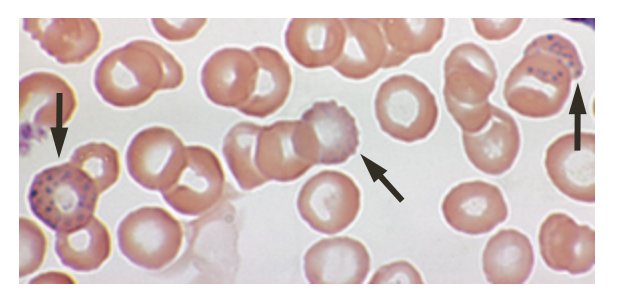Lead poisoning physical examination
|
Lead poisoning Microchapters |
|
Diagnosis |
|---|
|
Treatment |
|
Case Studies |
|
Lead poisoning physical examination On the Web |
|
American Roentgen Ray Society Images of Lead poisoning physical examination |
|
Risk calculators and risk factors for Lead poisoning physical examination |
Editor-In-Chief: C. Michael Gibson, M.S., M.D. [1]; Associate Editor(s)-in-Chief: Aksiniya K. Stevasarova, MD
Overview
Patients with chronic lead poisoning usually appear very sick. Physical examination of patients with lead poisoning is usually remarkable for neurological, gastrointestinal, and [[hematological] problems.
Physical Examination
- Physical examination of patients with lead poisoning is usually remarkable for:
Appearance of the Patient
- Patients with lead poisoning usually appear normal.
Vital Signs
- Tachycardia with regular pulse might be present due to anemia
Skin
- Skin examination of patients with lead poisoning is usually normal.
HEENT
- Abnormalities of the head may include :
- Icteric sclera
- Headache
- Metallic taste
- Irritability
- Insomnia
- excess lethargy
- hyperactivity
- seizure
- coma
Neck
- Neck examination of patients with lead poisoning is usually normal.
Lungs
- Pulmonary examination of patients with lead poisoning is usually normal.
Heart
- Cardiovascular examination of patients with lead poisoning might experience chest pain.
Abdomen
Abdominal examination of patients with lead poisoning might reveal:
Back
- Back examination of patients with lead poisoning is usually normal.
Genitourinary
- Genitourinary examination of patients with lead poisoning is usually normal, but they might have some level or renal impairment.
Neuromuscular
- Neuromuscular examination of patients with lead poisoning might manifest with the following:
- Patient is usually oriented to persons, place, and time
- Delirium
- Hallucinations
- Weakness of extensor muscles (eg, foot drop, wrist drop)
- Hypersomnolent or have difficulty falling asleep
- ataxia
Extremities
- Extremities examination of patients with [disease name] is usually normal.
OR
- Clubbing
- Cyanosis
- Pitting/non-pitting edema of the upper/lower extremities
- Muscle atrophy
- Fasciculations in the upper/lower extremity
The symptoms of chronic lead poisoning include neurological problems, such as
reduced cognitive abilities
- excess lethargy
There are also associated gastrointestinal problems, such as
Other associated effects are
- kidney problems
- reproductive problems
Physical examination
Laboratory tests
- Basophilic stippling of red blood cells
- Iron deficiency anemia (microcytosis and hypochromia)
- Elevated serum lead levels
- K-fluorescent X-ray metering can measure bone-lead.
Shown below is an image depicting basophilic stippling in a blood smear of a patient with lead poisoning.
